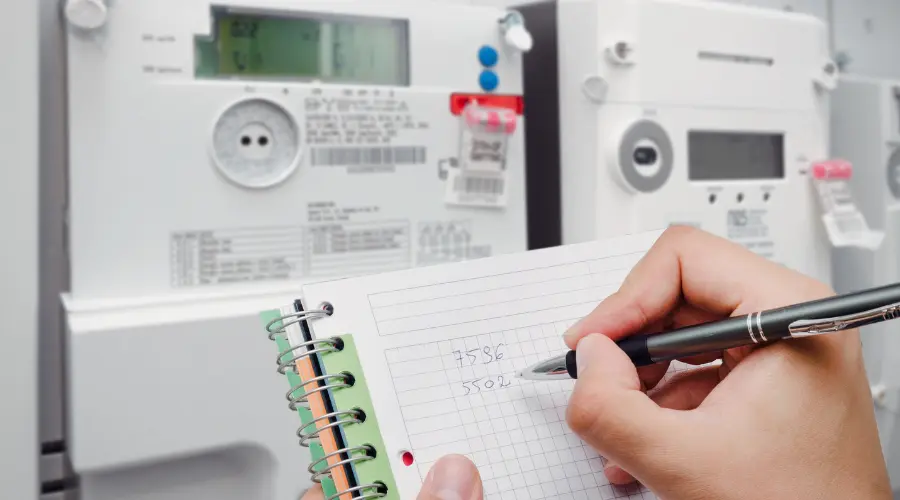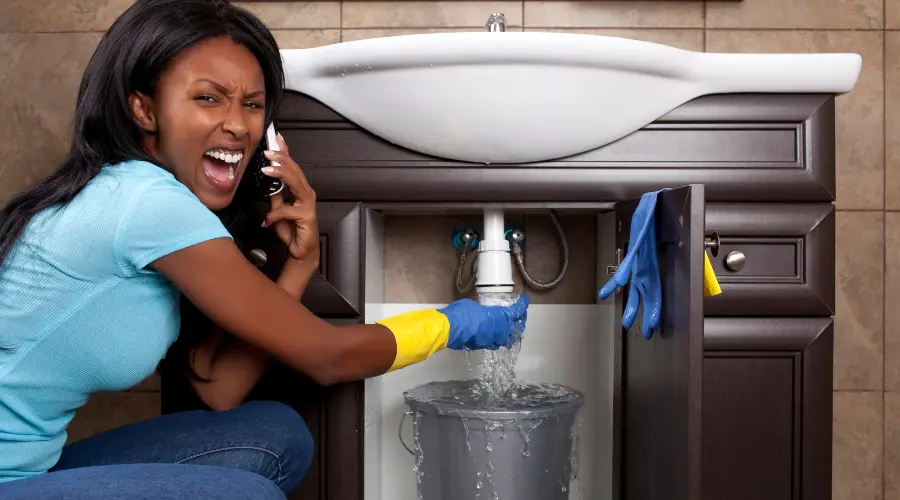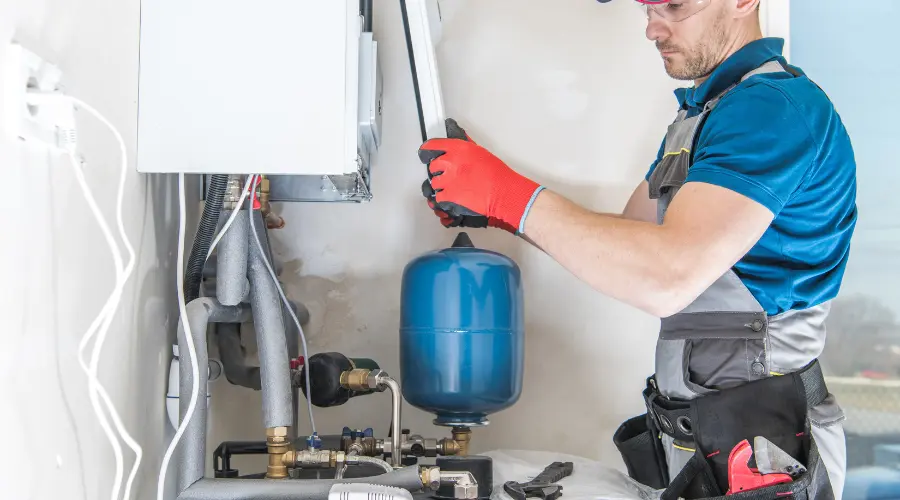Frozen pipes are a common and costly problem during the winter months. When pipes freeze, the water inside expands, which can cause them to crack or burst, leading to serious water damage and expensive repairs. Fortunately, with the proper precautions, you can protect your plumbing system and avoid the financial burden of frozen pipes.
Key Takeaways:
- Insulate exposed pipes: Focus on vulnerable areas like basements, attics, garages, and outdoor pipes.
- Maintain consistent indoor temperatures: Keep your home warm even if you’re away, especially in extreme cold weather.
- Let faucets drip: This keeps water moving, preventing freezing.
- Seal gaps and leaks: Prevent cold air from seeping in around pipes by sealing openings.
- Use heating cables: For extra protection, apply heat tape or cables to pipes prone to freezing.
Need Plumbing Help?
Homeowners in Hudson County, NJ, and beyond, trust West New York Plumber for all their plumbing issues. Whether it’s a small leak or a major repair, our licensed professionals have got you covered.
Contact us today and get your plumbing problem solved!
Why Is It Important to Prevent Frozen Pipes in Winter?
Frozen pipes are a serious threat because the expanding ice can cause cracks or bursts, leading to flooding, water damage, and costly repairs that can run into thousands of dollars. Additionally, burst pipes can disrupt your water supply, leaving you without running water. Prevention is key to avoiding these inconveniences and protecting your home from the financial and emotional stress of extensive water damage.
Common Causes of Frozen Pipes in Winter
Pipes typically freeze due to exposure to cold temperatures, often in unheated areas of the home or in exterior walls with inadequate insulation. Other contributing factors include drafts or air leaks that allow cold air to penetrate areas where pipes are located, as well as a lack of water flow, which makes the water in pipes more susceptible to freezing. Consistently maintaining a warm indoor environment and ensuring your plumbing is insulated can mitigate these risks.
5 Essential Tips to Prevent Pipes from Freezing
1. Insulate Pipes in Cold Areas
Pipes in unheated spaces like attics, crawl spaces, garages, and basements are particularly vulnerable. Use pipe insulation or heat tape to protect these pipes from freezing temperatures. Insulating wraps are easy to install and add an extra layer of defense.
2. Keep the Heat On
If you plan to leave your home for an extended period, make sure the heat stays on. Set your thermostat to at least 55°F (13°C) to ensure the temperature inside stays warm enough to prevent freezing, even during a cold snap.
3. Seal Drafts and Leaks
Cold air can seep into your home through gaps and cracks, especially around doors, windows, and where pipes enter walls. Use caulk or insulation to seal any openings and keep the cold out. Pay extra attention to areas where pipes are located, as these are the most vulnerable to freezing.
4. Let Faucets Drip
During extremely cold weather, leave a few faucets slightly open to let water trickle. This keeps water flowing through the pipes, which reduces the chances of freezing. A slow drip can also relieve pressure inside the pipes, minimizing the risk of a burst if they do freeze.
5. Open Cabinet Doors
If you have plumbing in cabinets, such as under kitchen or bathroom sinks, keep the cabinet doors open to allow warm air to circulate around the pipes. This is especially important if your kitchen or bathroom is located on an exterior wall, where pipes are more likely to freeze.
How to Safely Thaw Frozen Pipes
If you suspect that your pipes are frozen, it’s important to act quickly but safely. First, turn off the water supply to prevent flooding in case the pipe has burst. Next, use a hair dryer, space heater, or heating pad to slowly warm the pipe, starting at the faucet and working your way back. Never use an open flame, such as a blowtorch, as this can cause the pipe to crack or lead to a fire hazard. If you’re unable to thaw the pipe on your own or if it has already burst, call a professional plumber immediately.
Long-Term Solutions for Pipe Freezing Prevention
For lasting protection against frozen pipes, consider implementing these more permanent solutions:
- Pipe Insulation: Installing foam or fiberglass insulation around vulnerable pipes can greatly reduce the risk of freezing. This is particularly important for pipes located in unheated areas of your home.
- Heating Cables: Thermostatically controlled heat cables or tape can be wrapped around exposed pipes to provide continuous warmth in cold conditions.
- Relocating Pipes: If possible, move pipes away from exterior walls or unheated areas to reduce their exposure to cold air.
- Frost-Proof Spigots: Outdoor faucets are especially susceptible to freezing, so consider upgrading to frost-proof spigots to protect your exterior plumbing.
Conclusion
Preventing frozen pipes is an essential part of home maintenance during the winter months. By insulating pipes, keeping indoor temperatures consistent, sealing drafts, and allowing water to flow, you can significantly reduce the risk of your pipes freezing. In the event that a pipe does freeze, knowing how to safely thaw it can help prevent further damage. For long-term protection, invest in solutions like insulation and frost-proof spigots to safeguard your home’s plumbing and avoid costly repairs for years to come.




